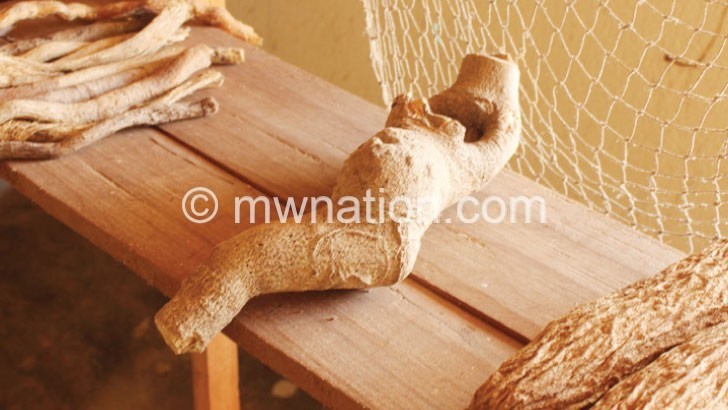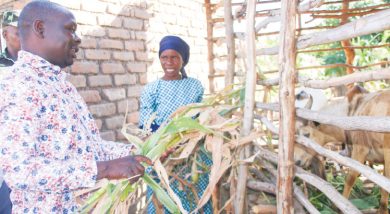Likoma cultural tourism at a glance
Fudwe Wildlife Farm and Museum sits on an elevated location commonly known as Phiri Mbuzi by the locals in Likoma.
The location which overlooks the Likoma Jetty construction site and issurrounded by rocks and trees, has set out to protect and preserve the island culture through a collection of artifacts, traditional dances and wildlife conservation.
“Years ago, when I set out to invest on the island, I had to research on the gap that exists in the tourism industry here on the island,” says soft-spoken Barnabas Tauzi, curator and owner of Fudwe.

A passionate cultural enthusiast, Tauzu says he realised the island has potential that required marketing.
“I wanted to make a difference. Yes, some people think tourism is all about lodges. But apart from the beautiful beaches, the clear fresh waters of Lake Malawi and the various amazing species of fish, tourists might be lacking something,” he says.
Likoma prides in one of Malawi’s top luxury lodges, Kaya Mawa. It was named by Conde Nast Traveller as one of the top 10 most romantic lodges in the world, according to malawitourism.com.
“Kaya Mawa is a stunning, multi award winning, responsibly and sustainably run property and one of the best beach lodges in Africa.
“All manner of lake activities are on offer, including scuba diving,” reads part of the website’s brief on Likoma.
Another attractive facility is the Ulisa Bay Lodge which also offers pottery as an activity for its guests.
Perhaps Likoma is widely known for its magnificent cathedral, the St Peter’s, which is, reportedly, the size of Winchester Cathedral of the United Kingdom.
Construction of the vast granite building started in 1903 and its first service was held in 1905.
Over 100 years down the line, the cathedral still stands strong.
Many first-time visitors to the island do not miss the chance to have a feel of the inside of the building with some stained glass and carved soapstone.
But Tauzi explains that despite all the tourist destinations, there was no single place that offered a history of the people of Likoma and their way of life.
“That’s how the thought of a museum came in,” he says.
Every year, Fudwe organises a cultural night where people come and patronise different traditional dances and a rendition of some old ancestral practices.
The ancestral practices include initiation for girls, intercessions to the ancestors (mahooka ceremony) and traditional meals prepared in the way old folks of the island prepared them.
October 13 this year saw a different cultural night at Fudwe.
Local and international patrons were treated to an ‘imported’ cultural troupe from Nkhotakota by the name ‘Kalimanjira Kanada Traditional Cultural Troupe’.
“It was a lovely evening. We were mesmerised by the richness of the cultural dances displayed by the dancing troupe and the incantations in the songs.
“The energy in the dancing and the traditional costumes were so touching,” said Sasha Wallace, an American teacher who had visited the island for the first time.
Sasha further says thatcultural preservation is important because a people without culture are a lost people.
Tauzi say he hired the dancing troupe from Nkhotakota to demonstrate to the local dancing troupes that they can use traditional dances to earn an extra income and market their culture beyond the island.
“My dream is to empower the traditional cultural troupes from around the island to think outside the box in exporting our rich cultural products through tourism.
“I strongly believe tourism cannot be separated from culture and vice versa,” he says.
Fudwe Wildlife Farm and Museum opened its doors in 2009 and lies about 1.5 kilometres from Likoma Airport.
Every year, scores of tourists make their way to Likoma either by air or water to appreciate the beauty of the island.—Mana





